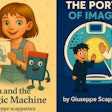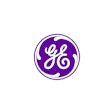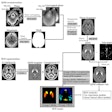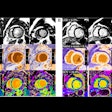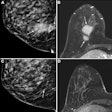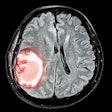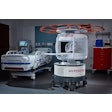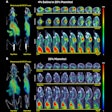Dear AuntMinnie.com Member,
In a move that was long expected but still surprising, the U.S. Preventive Services Task Force (USPSTF) yesterday recommended low-dose CT lung cancer screening of long-term smokers.
The decision was expected due to the results of the National Lung Screening Trial (NLST), which in 2011 found that CT screening produces a minimum 20% mortality reduction in heavy smokers compared to x-ray screening. It was surprising because USPSTF has never been seen as a friend to radiology, usually erring on the side of caution when it comes to recommending imaging-based screening exams.
But this week's decision might have been inevitable due to the growing body of evidence pointing to the benefits of CT lung cancer screening. In addition to the mortality reduction, other analyses of the NLST data have found that CT lung cancer screening has a better cost-effectiveness profile than well-established exams such as breast screening.
The decision opens a Pandora's box in terms of how CT screening will be implemented, however. Radiologists could be flooded with individuals seeking CT screening exams, but what if reimbursement is too low to make reading them worthwhile? And how will another population-based screening program affect U.S. healthcare expenditures?
We can't answer all of these questions, but we can tell you about this week's decision in an article by international editor Eric Barnes in our CT Digital Community. Click here for the story, or go to ct.auntminnie.com.
MRI and natural disasters
It's summertime and the livin' is easy, right? Well, this could be a great time to make sure your imaging facility is fully prepared for a natural disaster -- especially with the heart of hurricane season just around the corner.
In a new article featured in our MRI Digital Community, features editor Wayne Forrest spoke with MRI managers and vendors about how to prepare for events like Hurricane Sandy, which devastated hospitals in the Northeast when it struck in October 2012.
Find out what you should be doing now to protect your facility in the future by clicking here, or visit the community at mri.auntminnie.com.
Radiopharma market report
Meanwhile, the market for radiopharmaceuticals is showing promise as new products enter the clinical mainstream, and as procedures shift from SPECT to PET.
That's according to a new article in our Molecular Imaging Digital Community that summarizes a report by market research firm Bio-Tech Systems. The report pegs the overall value of the U.S. PET and SPECT radiopharmaceutical market at more than $1.1 billion, and it projects double-digit growth for both segments through 2021.
Learn more by clicking here, or visit our Molecular Imaging Digital Community at molecular.auntminnie.com.



.fFmgij6Hin.png?auto=compress%2Cformat&fit=crop&h=100&q=70&w=100)


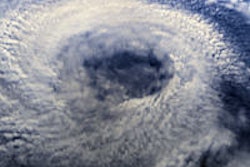
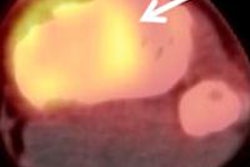
.fFmgij6Hin.png?auto=compress%2Cformat&fit=crop&h=167&q=70&w=250)



